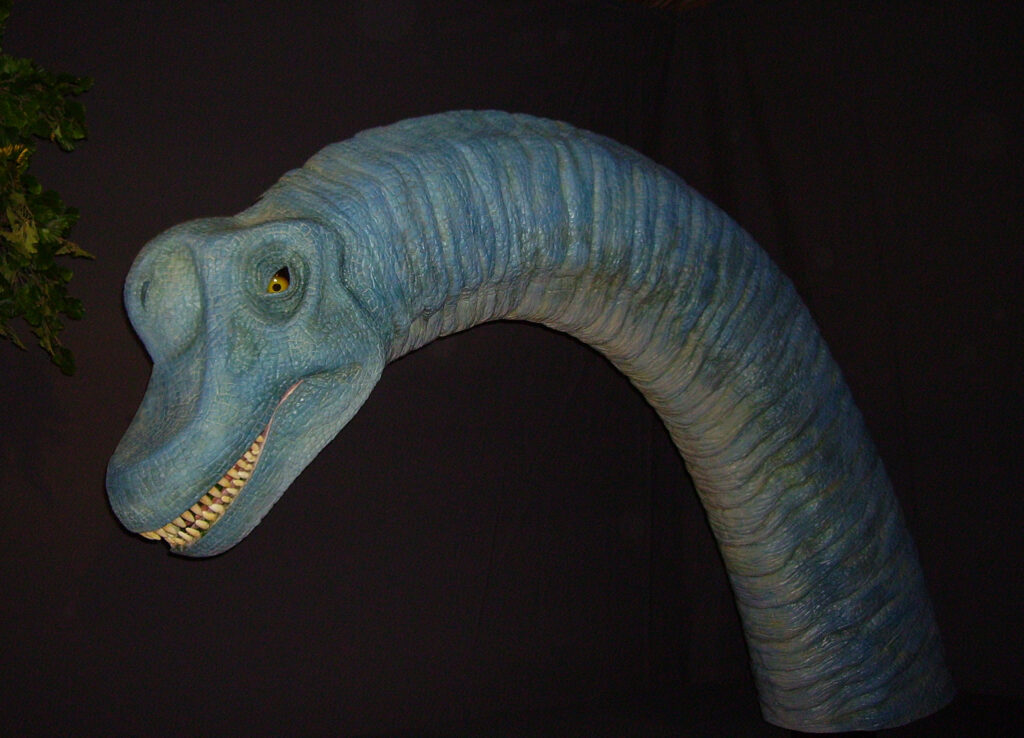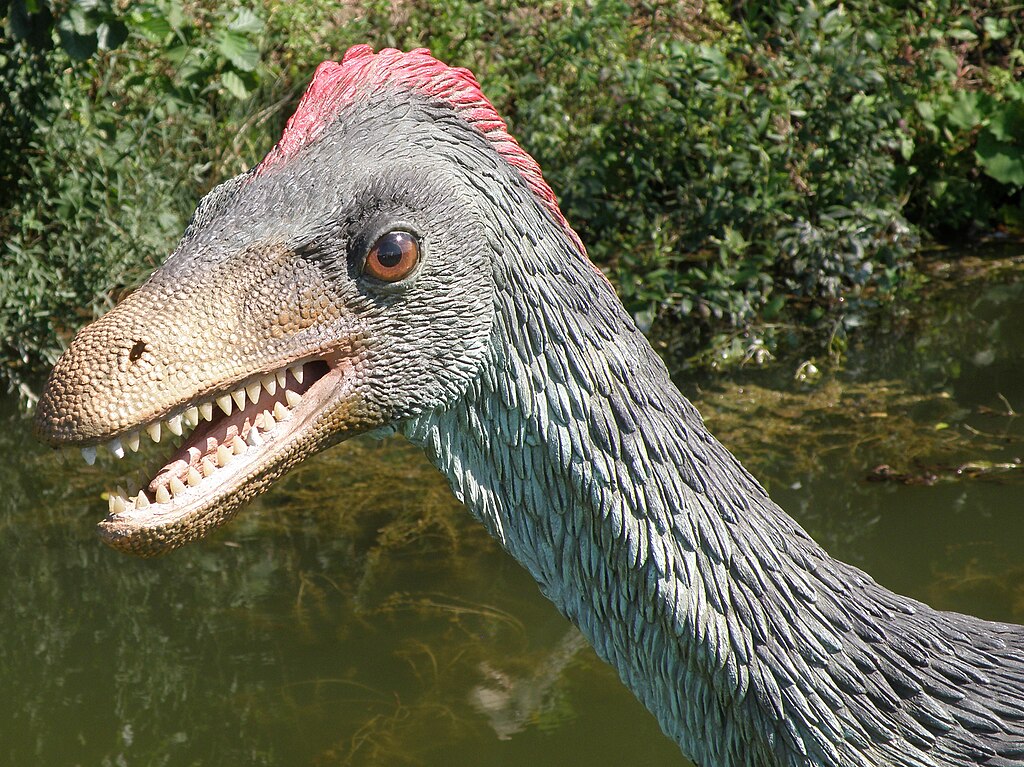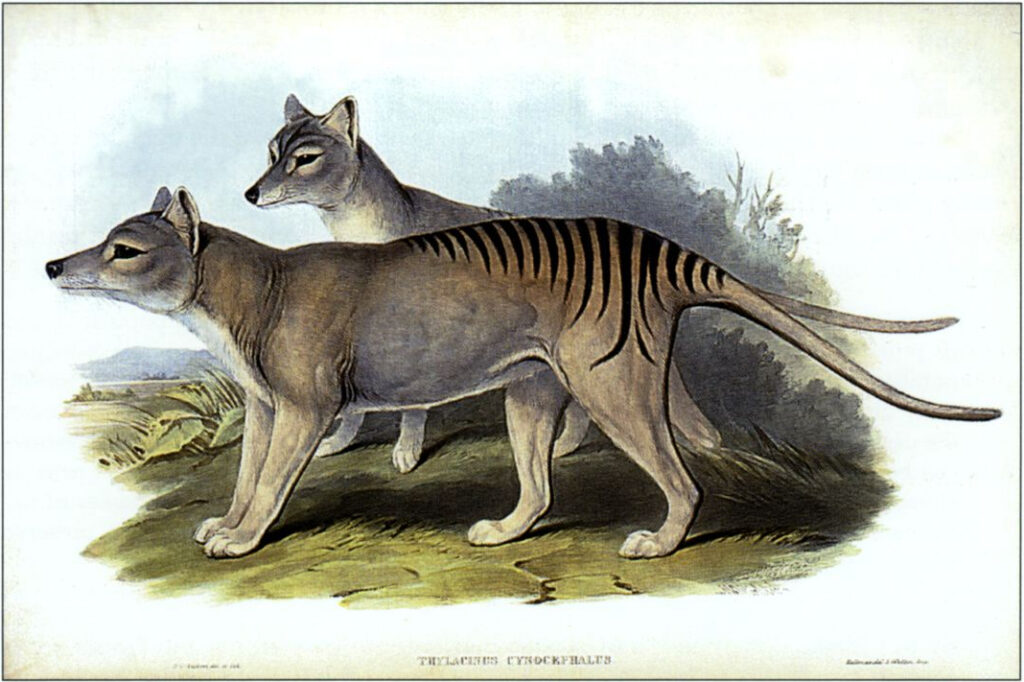Picture this: a creature standing four stories tall, weighing as much as twelve elephants, spending its entire day doing nothing but eating. The Brachiosaurus, one of the most magnificent giants to ever walk our planet, needed to consume hundreds of pounds of vegetation daily just to survive. But here’s the mind-blowing part – scientists have discovered that these colossal herbivores had digestive systems so efficient they could extract nutrients from plants that would be completely inedible to most animals today. Their feeding strategies were so sophisticated that they essentially functioned as living, breathing ecosystem engineers, reshaping entire prehistoric landscapes with every meal.
The Colossal Appetite of Giants

The sheer scale of a Brachiosaurus’s daily food intake would make even the most voracious modern herbivore seem like a light snacker. These towering dinosaurs required between 400 to 880 pounds of plant material every single day to fuel their massive bodies. To put this in perspective, that’s equivalent to eating an entire small car’s worth of vegetation daily.
Their metabolic needs were staggering, and paleontologists estimate they spent between 16 to 18 hours of their waking day simply foraging and eating. The energy required to pump blood up that incredible 30-foot neck alone would have demanded enormous caloric input. This constant feeding wasn’t just about survival – it was about maintaining the complex biological machinery that kept these giants functioning in their prehistoric world.
Towering Necks: Nature’s Ultimate Feeding Tool

The Brachiosaurus’s most iconic feature wasn’t just for show – that extraordinary neck was the ultimate evolutionary feeding adaptation. Stretching up to 30 feet in length, it allowed these dinosaurs to access food sources that no other creature could reach. Think of it as nature’s first hydraulic crane, capable of precise movements and incredible reach.
What’s truly remarkable is how lightweight yet strong these necks were. The vertebrae contained air sacs similar to modern birds, reducing weight while maintaining structural integrity. This engineering marvel allowed them to browse the canopy of ancient forests like living skyscrapers, accessing the freshest, most nutritious leaves that grew far above ground level.
The Prehistoric Salad Bar: Conifers and Cycads

The Jurassic world was a green paradise filled with plant life that would seem alien to us today. Brachiosaurus primarily feasted on conifers – the ancient relatives of modern pine trees – along with cycads, ferns, and ginkgoes. These weren’t the soft, leafy vegetables we might imagine, but tough, fibrous plants that required serious digestive power to break down.
Conifer needles were particularly important in their diet, packed with nutrients but also containing defensive compounds that would deter most animals. The Brachiosaurus had evolved specifically to handle these chemical defenses, turning what other creatures considered inedible into their primary food source. It’s like having a digestive system that could turn tree bark into a nutritious meal.
Digestive Superpowers: Breaking Down the Impossible

The digestive system of a Brachiosaurus was nothing short of a biological miracle. These dinosaurs possessed massive stomachs that could hold several tons of plant material at once, creating fermentation chambers that would make modern industrial facilities seem modest. Inside these stomachs, beneficial bacteria worked around the clock to break down cellulose and other tough plant fibers.
The fermentation process generated enormous amounts of heat, essentially turning each Brachiosaurus into a walking greenhouse. This internal furnace not only helped break down indigestible plant matter but also kept these giants warm, even during cooler periods. Scientists believe this digestive efficiency was one of the key factors that allowed them to grow to such enormous sizes.
Stone Tools in Ancient Stomachs

Here’s where the Brachiosaurus story gets really fascinating – these gentle giants were actually tool users, just not in the way we typically think. They deliberately swallowed stones called gastroliths, which remained in their stomachs to help grind up tough plant material. These “stomach stones” acted like a built-in food processor, churning and crushing vegetation that would otherwise be impossible to digest.
Paleontologists have found polished stones in dinosaur fossil sites, smooth and rounded from years of grinding plant matter. Some of these gastroliths were carried from locations hundreds of miles away, suggesting that Brachiosaurus may have been quite selective about the types of stones they chose for their internal tool kit.
The Great Height Advantage

Standing nearly 40 feet tall, Brachiosaurus had exclusive access to an entire layer of the forest that other dinosaurs couldn’t reach. This height advantage was like having a VIP pass to the best restaurant in town – they could browse the tender young shoots and leaves at the very tops of trees while other herbivores competed for scraps below.
This elevated feeding strategy also meant they faced virtually no competition from other plant-eaters. While smaller dinosaurs battled over ground-level vegetation, Brachiosaurus calmly munched on prehistoric salads 30 feet above the fray. Their height wasn’t just about reaching food – it was about accessing an entirely different ecological niche.
Seasonal Survival Strategies

The Jurassic period wasn’t always a lush paradise, and Brachiosaurus had to adapt to seasonal changes in food availability. During drier periods, they likely migrated vast distances following the growth patterns of their preferred plants. These migrations would have been spectacular events, with herds of giants moving across the landscape like walking mountains.
Their ability to reach high into trees became especially crucial during tough times when ground-level vegetation was scarce. While other dinosaurs struggled through lean seasons, Brachiosaurus could continue feeding on the evergreen conifers that remained available year-round. This dietary flexibility was probably one of the reasons they survived for millions of years.
The Social Dining Experience

Recent fossil evidence suggests that Brachiosaurus may have been more social than previously thought, possibly feeding in groups that could strip entire forest areas bare. Imagine the sound of dozens of these giants munching through a prehistoric forest – it would have been like a symphony of destruction and renewal.
Group feeding would have provided several advantages beyond just companionship. Working together, they could knock down larger trees and access food sources that even their impressive height couldn’t reach alone. This social behavior also meant younger dinosaurs could learn feeding techniques from their elders, passing down knowledge about the best food sources and feeding strategies.
Nutritional Chemistry of Ancient Plants
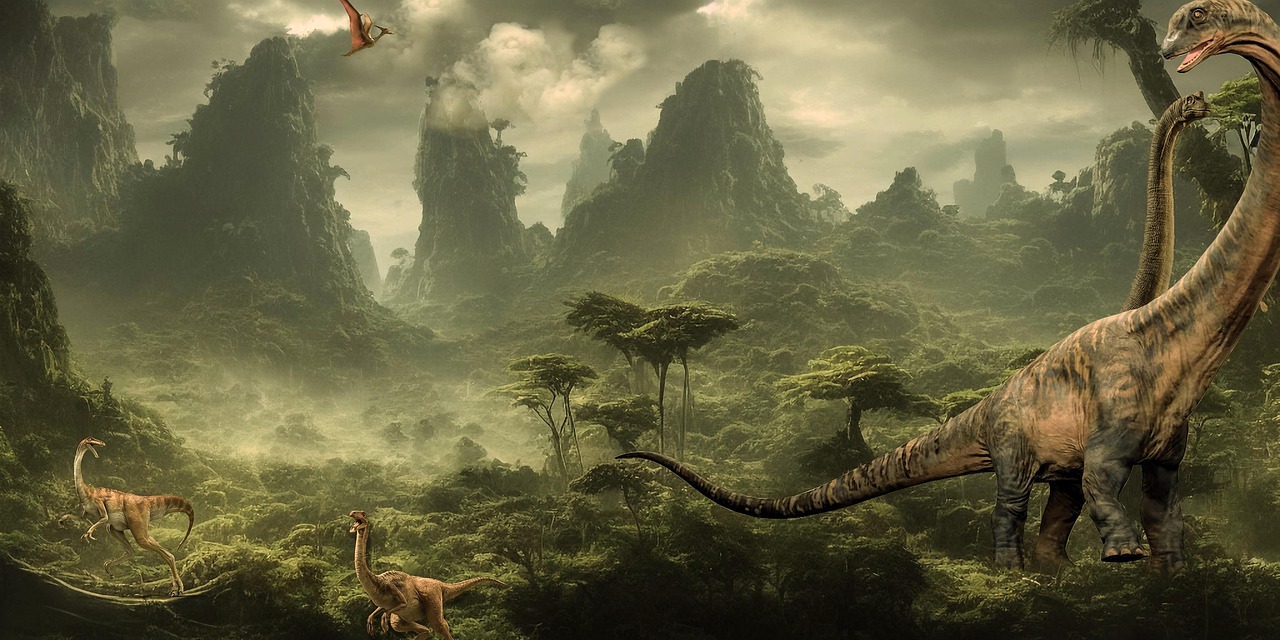
The plants that Brachiosaurus fed on were chemically very different from modern vegetation. Ancient conifers had higher concentrations of certain nutrients but also contained more toxic compounds designed to deter herbivores. These dinosaurs had evolved sophisticated detoxification systems that could handle plant chemicals that would poison most modern animals.
Their specialized digestive enzymes could break down compounds like tannins and alkaloids that make many ancient plants inedible today. This chemical adaptation was so specific that Brachiosaurus essentially co-evolved with their food sources, creating a prehistoric partnership between plant and animal that lasted for millions of years.
The Water Challenge

Getting enough water to support such a massive body presented unique challenges for Brachiosaurus. Their elevated heads made drinking from ground-level water sources potentially dangerous – imagine trying to bend down from a four-story height without falling over. Scientists believe they may have obtained much of their water from the plants they consumed, essentially drinking their meals.
Morning dew and rainwater collected on leaves would have been particularly valuable water sources. Their feeding behavior likely followed moisture patterns, with early morning and post-rain feeding sessions being especially important. This water management strategy was crucial for maintaining their enormous body functions and supporting their intensive digestive processes.
Feeding Speed and Efficiency

Despite their enormous size, Brachiosaurus were surprisingly efficient feeders. Their teeth were designed for stripping rather than chewing, allowing them to quickly harvest large quantities of vegetation. They would strip branches clean in seconds, then move on to the next feeding spot without wasting time on extensive chewing.
This rapid feeding style meant they could cover more ground and access more food sources during their daily foraging marathons. Their efficient harvesting technique was like having a built-in hedge trimmer – quick, effective, and designed for maximum vegetation collection in minimum time.
Impact on Prehistoric Ecosystems
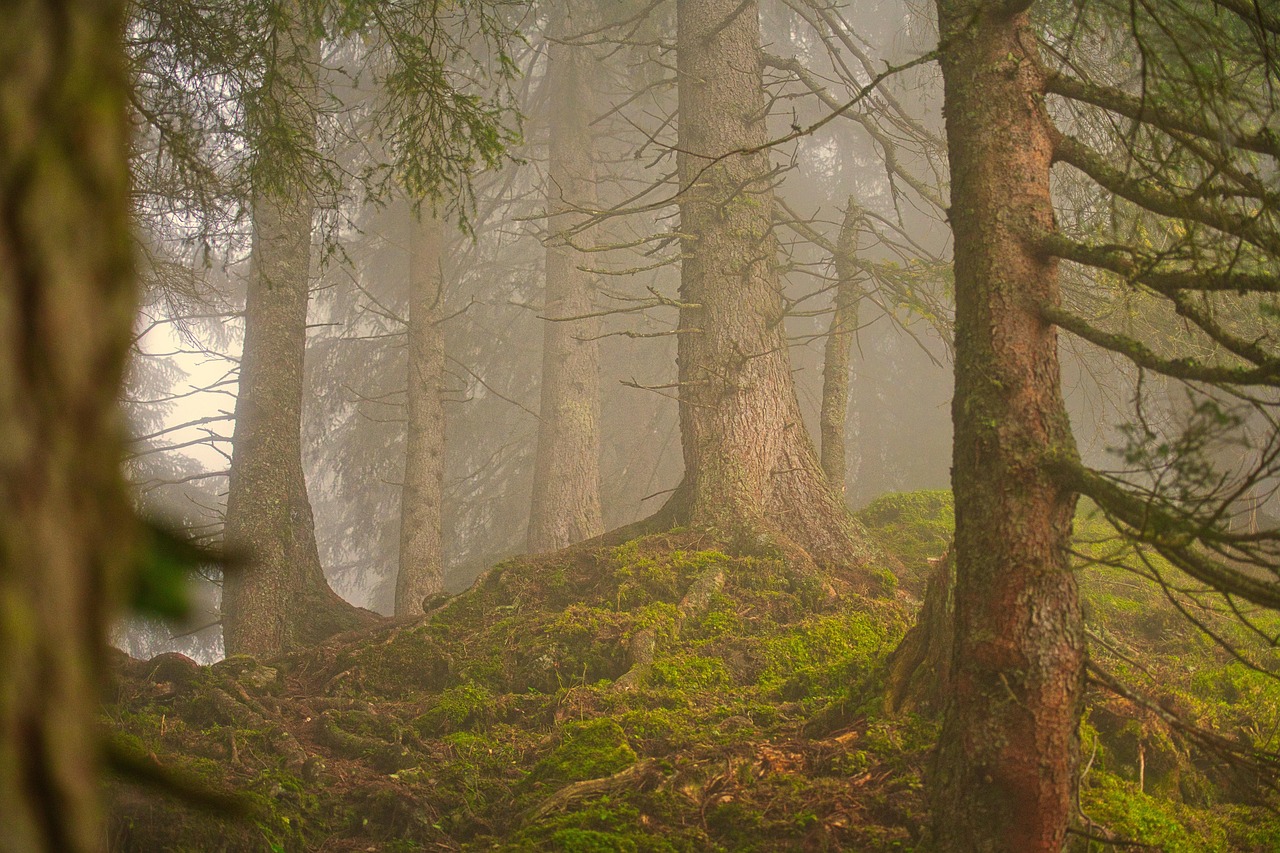
The feeding habits of Brachiosaurus had profound effects on their prehistoric environments. By constantly browsing at canopy level, they shaped the structure of ancient forests, creating clearings and influencing which plants could grow where. Their selective feeding encouraged the growth of certain plant species while suppressing others.
These dinosaurs were essentially prehistoric landscapers, creating parkland-like environments with their browsing patterns. Their impact on vegetation was so significant that some scientists believe entire ecosystems were structured around the feeding behavior of these massive herbivores. They didn’t just live in their environment – they actively created it through their daily feeding activities.
Modern Lessons from Ancient Giants

Studying Brachiosaurus feeding strategies offers surprising insights into modern conservation and ecosystem management. Their efficient plant utilization shows us how large herbivores can actually enhance biodiversity rather than simply consuming it. Modern giraffes, the closest living analogy to Brachiosaurus, demonstrate similar ecosystem engineering through their feeding habits.
The specialized digestive systems of these ancient giants also inspire modern research into sustainable food production and waste management. Their ability to extract maximum nutrition from fibrous, low-quality plant material could inform development of more efficient agricultural systems and alternative food sources for livestock.
The Ultimate Prehistoric Dining Experience

Copied from de.wikipedia (Löschen) (Aktuell) 08:22, 27. Jul 2004 . . Lars Hennings . . 378 x 283 (30369 Byte) (GNU Museum für Naturkunde Berlin, hennings-photo.de), CC BY-SA 3.0, https://commons.wikimedia.org/w/index.php?curid=469161)
Understanding what kept Brachiosaurus alive reveals one of nature’s most impressive feeding strategies ever developed. These magnificent creatures weren’t just large animals eating plants – they were sophisticated biological machines perfectly adapted to extract maximum nutrition from their challenging environment. Their success story spans millions of years, during which they dominated their ecosystems through sheer feeding efficiency.
The Jurassic diet of Brachiosaurus demonstrates that survival isn’t always about being the fastest or strongest – sometimes it’s about being the most efficient at finding and using available resources. Their feeding adaptations were so successful that they supported some of the largest land animals ever to exist, turning simple plant matter into the fuel for giants that walked among the clouds.
What other secrets might these ancient feeding strategies reveal about survival in our changing world?

